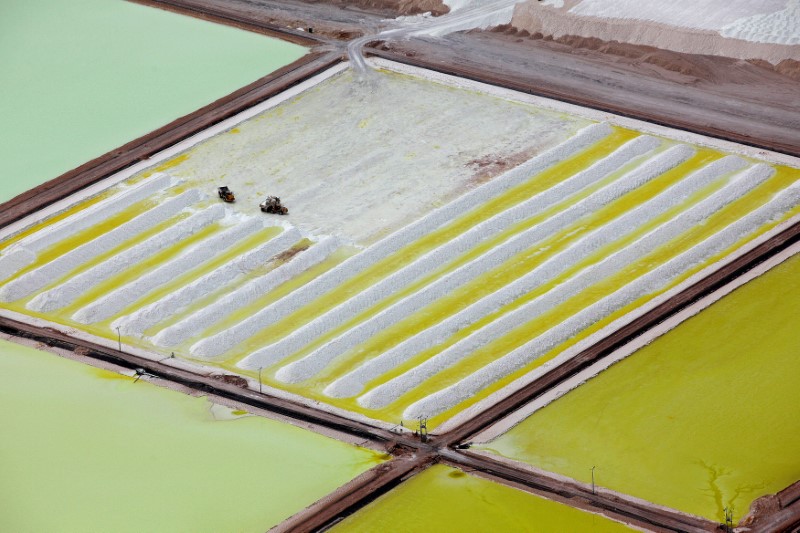2023 was a landmark year for Lithium Energy Ltd (ASX:LEL), marked by substantial progress across its battery metals assets in Australia and Argentina.
During this period, the company achieved notable advancements at its Burke Graphite Project in Queensland and the Solaroz Lithium Brine Project in Argentina.
At Burke, Lithium Energy conducted extensive metallurgical test work with “excellent” results, leading to the identification of the project's "exceptional" potential as a source of battery anode material.
Concurrently, the Solaroz Project has been established as a "large-scale, long-life, high-margin lithium project".
These developments have significantly bolstered Lithium Energy's stature in the global energy transition landscape.
Watch LEL's 2023 year in review here
Developments at Burke
In March, LEL kicked off a comprehensive metallurgical test work program on one tonne of representative core samples of graphite recovered from a completed infill drilling program, delivering “excellent results”.
Subsequently, the results confirm the feasibility of upgrading Burke graphite to battery-grade material, with graphite concentrate grades exceeding 96% total graphitic carbon (TGC) using standard flotation processes – paving the way for the commencement of the PFS.
Following a mineral resource upgrade at Burke, LEL has doubled its held resources to 2.6 million tonnes of contained graphite with the addition of a maiden mineral resource estimate (MRE) in June from the Corella Graphite Project.
To top it all off, the company highlighted the “exceptional” potential of Burke graphite as a source of battery anode material towards the year-end.
Developments at Solaroz
At the Solaroz Lithium Project in Argentina, the first highlight of 2023 was the commencement of the lithium brine scoping study.
In June, the company executed a binding framework agreement with Xi’an Lanshen New Material Technology Co. Ltd, paving the way for a demonstration plant capable of producing up to 3,000 tonnes per annum of battery-grade lithium carbonate.
In the same month, LEL registered a “significant” 3.3 million tonnes of lithium carbonate equivalent (LCE) of indicated and inferred resources – establishing Solaroz as a highly strategic lithium asset.
Following up with an upgrade four months later, the company delivered an upgraded 2.4 million tonnes of indicated LCE – in a “significant milestone”.
In October, the Solaroz project showcased its potential as a large-scale, long-life, high-margin venture with excellent ESG metrics from its scoping study.
